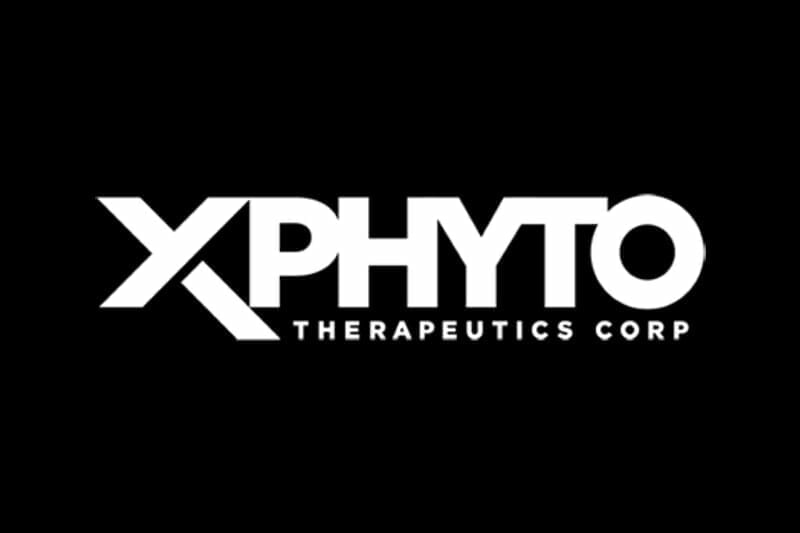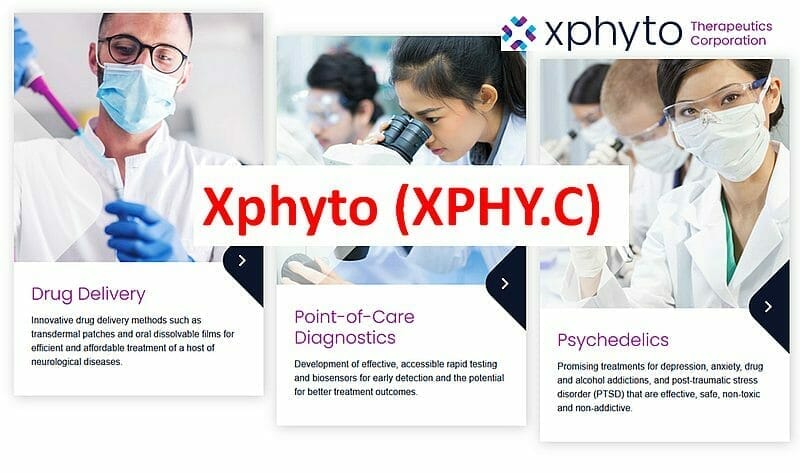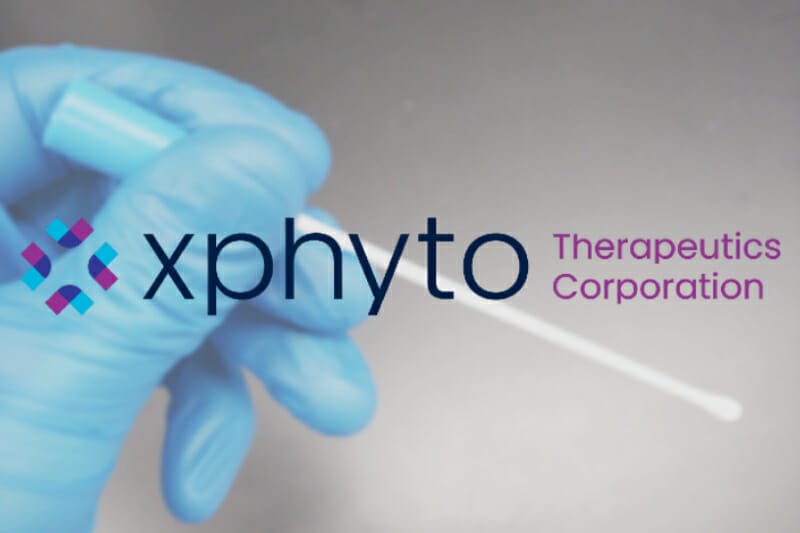3a-Diagnostics, a diagnostic partner for Xphyto Therapeutics (XPHY.C), confirmed the functionality of the peptide biosensors working in Xphyto’s oral dissolvable thin film (ODF) platform today.
3a has developed peptide-based biosensor tests that can screen for both bacterial and viral infectious diseases—the greatest hits of which include such classics as influenza A, scarlet fever, stomatitis, periimplantitis and periodontitis. The company is in the planning and development stages for other pandemic-focused biosensors, including H1N1, the swine flu, H5N1, the avian flu, everyone’s favourite, COVID-19.
“With this biosensor incorporation and the active functionality successfully demonstrated, Xphyto’s portfolio of ODF infectious disease screening tests are moving rapidly toward commercialization. Both 3a and Vektor Pharma TF GmbH, Xphyto’s wholly owned Germany subsidiary, are quickly and methodically executing the product development plan. We are extremely impressed with the progress made in a very short period of time,” said Hugh Rogers, chief executive officer of Xphyto.
A peptide is a short chain of amino acids, according to Nature.com. The acids in a peptide are connected in a sequence in something called a peptide bond. These are generally shorter than proteins, although the number of amino acids required for defining a peptide and protein can be arbitrary.
Whereas a biosensor is just that what it says it is—a device used to detect a chemical substance combining a biological component with a chemical detector.
Here’s how it works:
When the biosensor detects the pathogen responsible for the disease, a safe but extreme bitter compound is released into the body. It doesn’t sound like much when put in simple terms, but think of it like a targeting system that scans the body’s tissues, specifically revolving around proteins where the disease may build up, and when spotted, releases enzymes (which cause catalytic reactions that alter proteins) to fight the disease at its root. That’s what they’re going for here.
The companies have finished the formulation development and incorporation with their oral dissolvable thin film, and will now pivot to focus on how best application practices – such as whether or not on or under the tongue works better than dissolved into the cheek, also the size, whether the dissolvability timeline should be one or two minutes, and lastly, the taste. They have also started planning their pilot EU GMP test manufacturing for use in clinical evaluation.
In April, Xphyto announced an agreement factoring in development, technology purchasing and licensing with 3a to develop and commercialize the screening tests using 3a’s pathogen-specific biosensor technology, and Xphyto’s oral dissolvable drug delivery platform. Well, now 3a has confirmed that the drug works, having confirmed a successful enzyme activation of its peptide biosensor when using Xphyto’s ODF platform, and it also extended itself as showing biologically relevant pathogen specific enzymes.
Earlier this month, 3a and its research partners got a grant of 254,200 euros from the German Federal Ministry of Education and Research to develop and commercialize the biosensors. They will continue to look for other non-dilutive ways to finance the development of their infectious disease screening tests.
—Joseph Morton
Full disclosure: Xphyto Therapeutics is an equity.guru marketing client.







